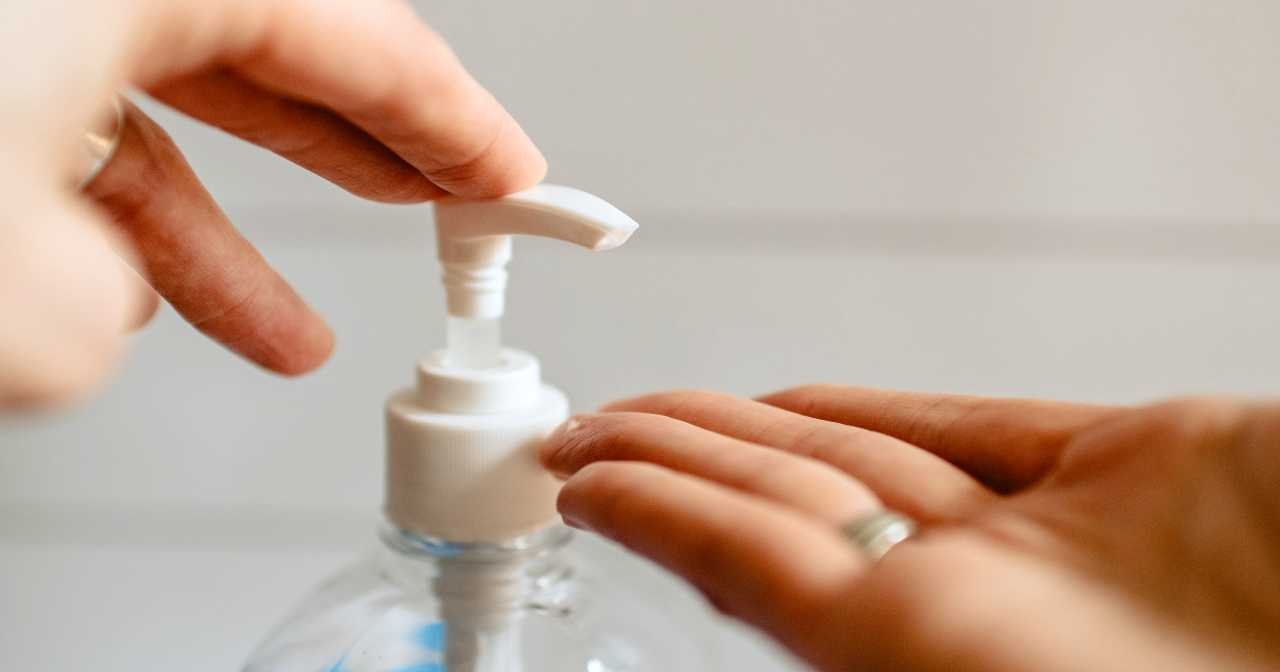A new study from France about children’s eye injuries due to alcohol-based hand sanitizer has found a major increase since the outbreak of the COVID-19 pandemic.
Such cases have risen by about 700%, and eye-level dispensers in public places aren’t helping.
Since early 2020, alcohol-based hand sanitizers have become available in more and more public places.
Which is great news in terms of slowing down the spread of the virus.
But an unintended side effect of this laudable commitment to public hygiene is the risk of more eye injuries, especially among children.
Indeed, the past year has seen many heart-wrenching accounts of kids accidentally harming their eyes with alcohol-based hand gel.
Are those cases anecdotal, or do they instead form part of a larger pattern?
Counting the number of sanitizer-based eye injuries
To find out, researchers based at the Rothschild Foundation Hospital in Paris looked at the number of sanitizer-based eye injury cases at a French children’s hospital from April to August 2020.
They also consulted the national database of the French Poison Control Centers (PCC).
The researchers wanted to see if the numbers had gone up compared to 2019.
And indeed, they found that the number of kids’ eye injuries due to alcohol-based hand sanitizer recorded in the PCC database had increased by about 700%.
During the same period in 2019, sanitizer-based eye exposures were responsible for only 1.3% of the cases in the poison control database.
In 2020, that proportion had climbed to 9.9%.
That percentage also grew steadily throughout the studied period, as the pandemic spread, alongside the uptake in the use of alcohol-based hand sanitizer.
In April it was 5%, but by May it had grown to 15%.
Public dispensers the main source of these eye injuries
The number of cases occurring in public places also increased throughout the year, from 16.4% in May to 52.4% in August.
The percentage in 2019 was zero.
All of these cases, the study reports, resulted from gel dispensers that had been made available to the public due to COVID-19.
The most common location was restaurants.
In terms of hospital admissions due to sanitizer-related eye injuries, there were 16 cases in April-August 2020.
During the same months of 2019, there was only one such case.
About 13% of those young patients required surgery for severe lesions.
The average age of the children taken to the hospital was 3.5.
Dispensers located at kids’ eye level, and no water nearby
The main problem seems to be the fact that the gel dispensers, with an average height of one meter, are located exactly where kids’ eyes are.
The lack of immediate access to water worsens the problem.
This leads to dangerous delays in washing out the child’s eyes.
Furthermore, hand sanitizers vary in their composition, and many contain perfumes or oils that only exacerbate the injury.
The researchers point out that this study was limited to France, and that results may vary elsewhere.
And fortunately, most of the cases were mild, with only a few requiring surgery.
Nonetheless, the researchers recommend placing informative illustrations on or near the dispensers.
These placards or stickers should clearly highlight the potential risk that the sanitizer poses to children.
Making a source of clean water easily available in case of injury is also advisable.
And as previously reported in December, recent research has found that alcohol-free hand sanitizers are just as effective as alcohol-containing versions at stopping the COVID-19 virus.
Study: “Pediatric Eye Injuries by Hydroalcoholic Gel in the Context of the Coronavirus Disease 2019 Pandemic”
Authors: Gilles C. Martin et al.
Published in: JAMA Ophthalmology
Publication date: January 21, 2021
DOI: 10.1001/jamaophthalmol.2020.6346
Photo: by Kelly Sikkema via Unsplash




